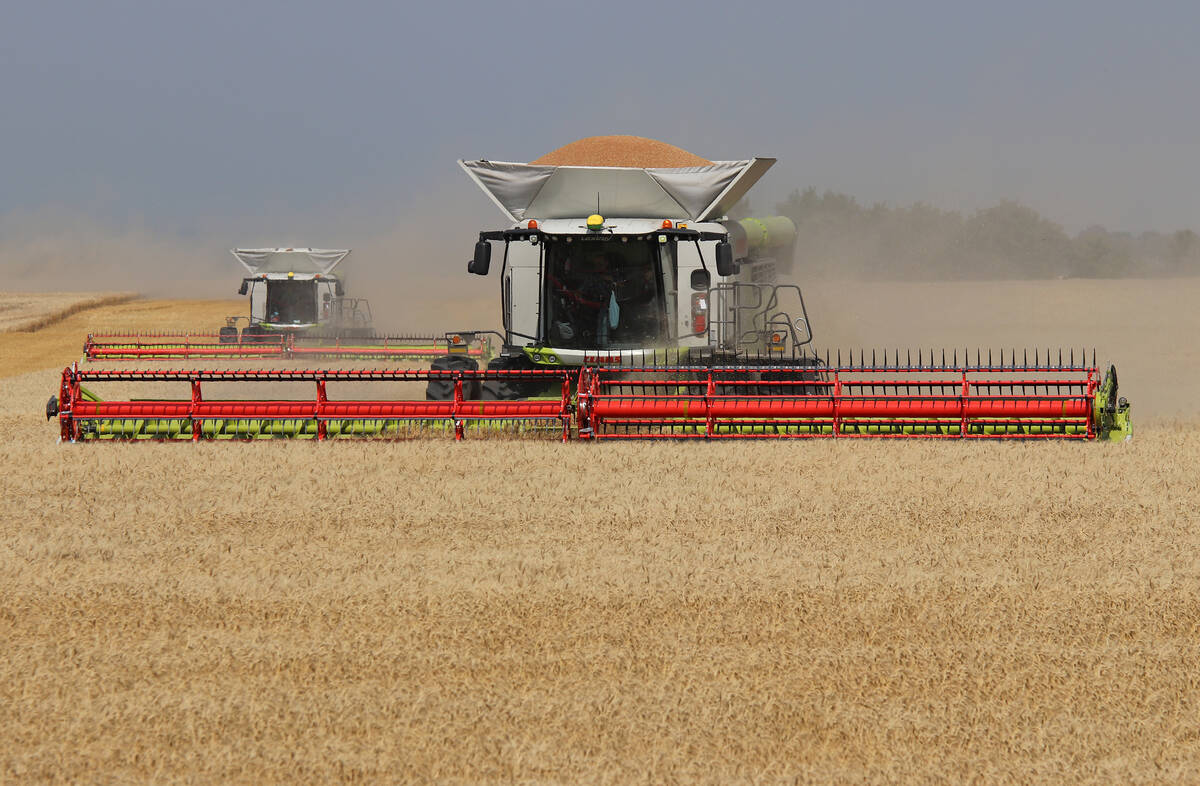Farmers should have a good oats crop and the ability to move it over the winter, says the president of the Prairie Oat Growers Association.
But the quality of the crop remains a mystery.
“The big dark horse is quality. We know with dampness and heavy moisture that disease can be a problem,” said Art Enns, a Morris, Man., farmer and POGA president.
“We don’t know what all the wet weather will do for disease and filling out.”
Many parts of Western Canada have experienced generally wet, cool conditions, which is good for both plant growth and disease development.
Read Also

China’s grain imports have slumped big-time
China purchased just over 20 million tonnes of wheat, corn, barley and sorghum last year, that is well below the 60 million tonnes purchased in 2021-22.
Oat acres are down this year, with POGA estimating a 15 to 20 percent decline from last year, but the good conditions should produce a crop that can meet processor needs.
Overseas, crops look good too, depressing the price outlook.
“Oat prices paid to growers in Germany have fallen to a five-year low this year and are trading well below the three-year average,” wrote analyst Randy Strychar in his July 18 daily OatInformation market comment.
“Prices continue to ease as crop prospects for (European Union) oat crops remain good to very good.”
Global crops appear to be in good shape and ending stocks in the important markets should grow by about nine percent.
With heavy crops in Canada, some processors have wondered whether another rail system overload could occur, but Strychar said that is unlikely.
The crops don’t look anywhere near as big as in 2013-14, and there is less competition for rail capacity, with other commodities, such as oil, scaling back production.
Enns said the lower demands on the rail system should help oat growers move their crops.
“It’s a good thing that oil and forest products are a bit slower because the crop is looking pretty darned good across Western Canada and there could be some extra tonnes to move.”
The 2013-14 winter saw nightmarish rail problems for all crops, but oats was particularly affected. Almost all of the North American crop is grown in Western Canada, but almost all the processing is done in the U.S. Midwest.
When the rail lines between Saskatchewan and Minneapolis became jammed, massive price spreads developed between the two regions.
Farmers on the Prairies found prices pushed far down by grain companies and millers, who could not move crops to market, while the price in the Minneapolis region shot sky-high because processors couldn’t get oats.
That caused massive disruptions in the Chicago oats futures contract, with price swings reflecting the tortured dynamics but misrepresenting cash market values for farmers.
With a less-clogged rail system, that situation should not recur, even with a good crop.
The biggest impact on farmer prices could be quality, Enns said. The moist conditions so far might be causing disease damage, and processors are very fussy about bushel weight.
Significant spreads could develop between high and low quality oats, but that will happen only if high quality crops are limited. That can’t be known until harvest time.
“Nobody knows what the crop’s going to look like until you go in with a combine,” said Enns.
Fortunately, even with the recent storms, most crops are still standing well and are not lodged, allowing the crops to fill and dry better than was the case last year, when at this time many crops were badly lodged and never stood back up.
The best things for crops right now would be for rain to disappear.
“It’s time it dries up. Harvest is around the corner,” said Enns.















